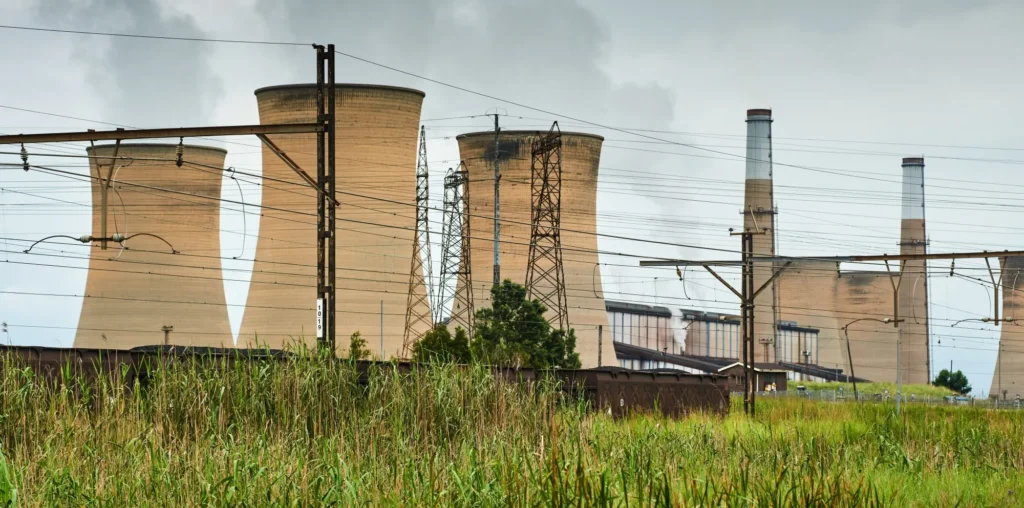As the most industrialized country in Africa, South Africa faces significant challenges in its energy sector. The African National Congress (ANC), which has governed since the end of apartheid, has struggled to effectively address these issues.
This has left the nation grappling with an energy crisis largely fueled by its dependence on coal. To tackle this pressing issue, South Africa has launched the Just Energy Transition Partnership (JETP).
This initiative aims to secure $9.3 billion in loan guarantees from international allies, including the United States, United Kingdom, European Union, and Germany.
Their involvement highlights the global recognition of South Africa’s potential for a cleaner energy future. The JETP funding is crucial for transitioning from coal to renewable energy sources.
However, it is only a fraction of what is needed. Eskom, South Africa’s state-owned power utility, estimates that $21 billion is needed to support new renewable energy infrastructure.


This investment includes nearly 9,000 miles of new transmission lines to connect renewable sources to the grid. Despite the urgency, progress has been slow.
The absence of guaranteed funding has stalled significant financial flows essential for advancing green energy plans. Discussions continue with international partners to finalize these loan guarantees.
South Africa’s Green Energy Transition
In December 2023, a positive development occurred when the African Development Bank and the UK’s Foreign Commonwealth and Development Office approved a $1 billion guarantee program.
This funding will support critical areas such as energy transmission and renewable generation, aiming to enhance South Africa’s energy capacity and resilience.
The significance of this transition cannot be overstated. South Africa’s economy is one of the most carbon-intensive among G20 nations, with approximately 80% of its electricity coming from coal.
The JETP represents a vital opportunity for South Africa to reduce its carbon footprint while promoting sustainable development.
The selection of South Africa for this partnership stems from several factors. Its status as the continent’s most industrialized economy makes it a key player in Africa’s energy landscape.
Additionally, successful implementation could serve as a model for other developing nations facing similar challenges. However, obstacles remain.
The reliance on coal presents economic and social challenges for communities dependent on this industry. Ensuring a just transition for these workers is essential to avoid exacerbating existing inequalities.
In conclusion, South Africa’s $9.3 billion green energy transition initiative marks a critical step toward a more sustainable future while highlighting ongoing challenges faced by the country.

